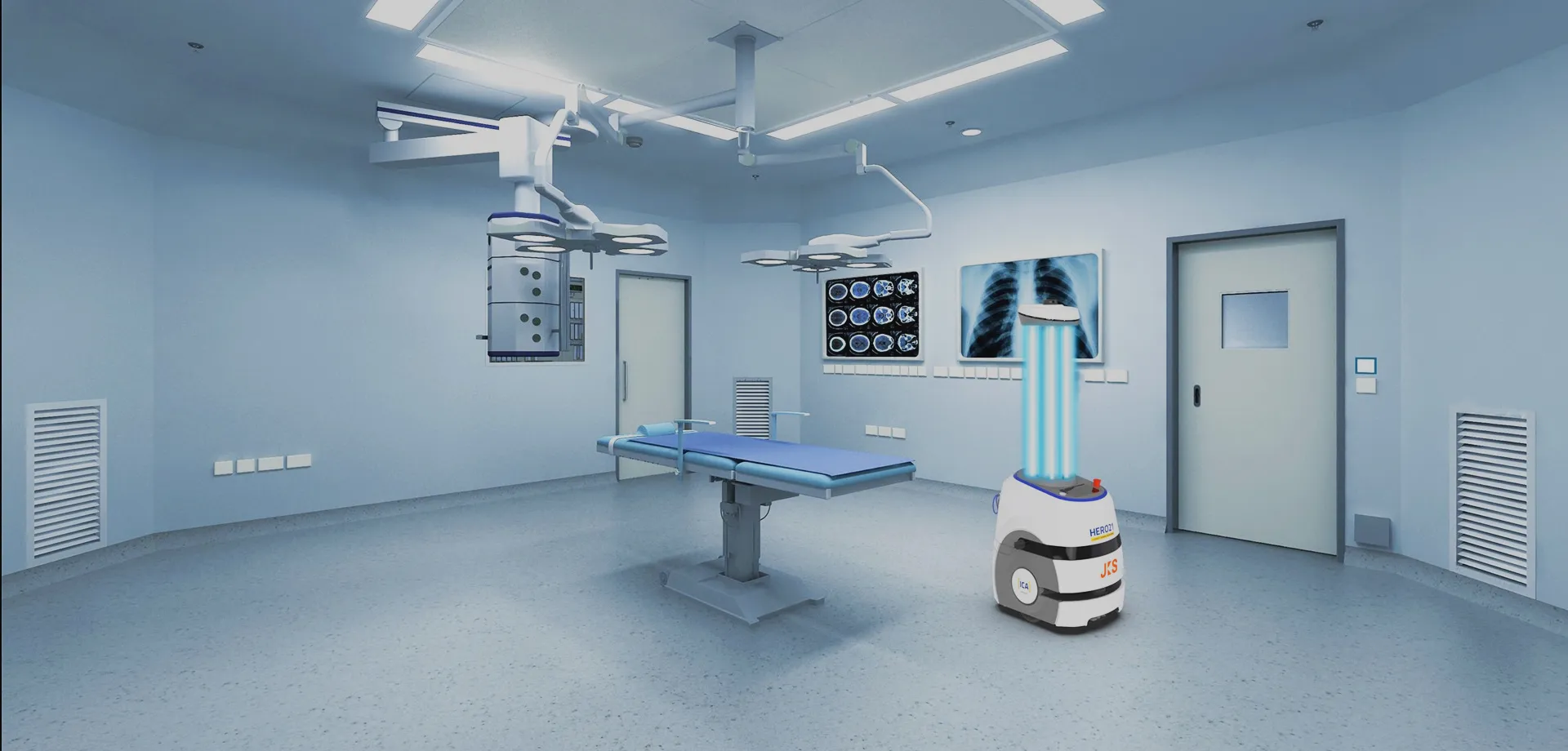enlio how to clean a commercial kitchen floor
How to Clean a Commercial Kitchen Floor
Cleaning a commercial kitchen floor is crucial for maintaining hygiene, safety, and overall operational efficiency. With high foot traffic, food spills, and the presence of grease, it is essential to keep the flooring in pristine condition. Follow these steps to ensure a thorough cleaning process tailored for a commercial kitchen environment.
1. Gather the Necessary Supplies
Before you begin cleaning, gather all essential cleaning supplies. You will need
- A broom and dustpan - A wet mop and bucket - A floor scrubber (if available) - Proper cleaning solutions (degreaser, sanitizer) - Gloves and non-slip shoes - Safety goggles (optional)
Using the right materials is key to effective cleaning without damaging the floor.
2. Remove Any Obstructions
Clear the kitchen floor of any items that may obstruct the cleaning process. Move equipment, mats, and furniture to ensure you have full access to the floor. This allows for a more thorough cleaning and prevents dirt from accumulating in hidden spots.
3. Sweep and Dust
Begin by sweeping the entire area to remove loose debris, dirt, and food particles. Pay special attention to corners and under equipment, where grime tends to collect. A clean floor surface is easier to scrub and sanitize afterward.
enlio how to clean a commercial kitchen floor

4. Prepare the Cleaning Solution
Mix a suitable cleaning solution based on the type of flooring. For tile or vinyl, a degreaser is effective for cutting through grease and grime. Always follow the manufacturer's instructions for dilution ratios and application methods. Make sure the solution is safe for the specific flooring type to avoid damage.
5. Mop the Floor
Using a mop, apply the cleaning solution to the floor, working in sections. Start from the farthest corner of the kitchen and move towards the exit to avoid stepping onto freshly cleaned areas. Use a scrubbing motion where necessary, especially in greasy spots. For larger kitchens, consider using a floor scrubber for speed and efficiency.
6. Rinse and Sanitize
After mopping, it’s essential to rinse the floor with clean water to remove any residue from the cleaning solution. Allow the floor to dry thoroughly after rinsing. Once dry, apply a sanitizer to kill any remaining bacteria, focusing on high-contact areas and spills to ensure maximum hygiene.
7. Regular Maintenance
Establish a routine cleaning schedule for the kitchen floor. Daily sweeping and mopping, along with weekly deep cleaning, will help maintain cleanliness and prolong the life of the flooring.
By following these steps, you can ensure a clean and safe environment in your commercial kitchen. Regular cleaning not only enhances the aesthetics but also promotes a healthier workspace for kitchen staff.
-
SPC FlooringJun.24,2025
-
Bathroom Wall CoveringsJun.24,2025
-
Why Dry Back LVT Flooring Is the Smart Choice for Modern InteriorsJun.05,2025
-
Transform Your Interiors with Elegant Luxury Vinyl Flooring OptionsJun.05,2025
-
The Rise of SPC Vinyl Flooring: A Modern Solution for Durable and Stylish SpacesJun.05,2025
-
Click LVT Flooring: The Perfect Blend of Style, Strength, and SimplicityJun.05,2025




